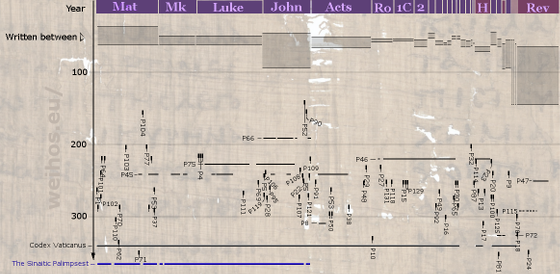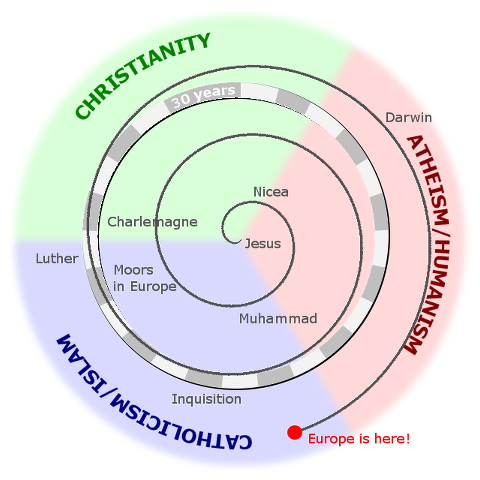What we are talking about are statements like:
You know better than me.
Some people would have you say “You know better than I.” Similarly in Sweden it is argued that the base of the comparison shouldn’t be dative, because we have abolished that long ago, but should be nominative in analogy with a continued clause “… better than I know.”
However, people keep using dative, saying:
Du vet bättre än mig.
Thus the official languages of the kingdoms of Sweden and Great Britain (+N.I.) do comparisons with nominative case or “no case”, whereas the actual people in some places use dative. We may ask which tradition is the most solidly rooted in Germanic and Indoeuropean tradition, and answer the question by looking at a handful of examples from various more or less old European languages.
First goes Old English, represented by the Lindisfarne gospels and 17th century English from King James’ Version:
D̶onne gað he, J hym to-genimð sefen oðre gastes wyrse þonne he, J ingangende hyo cardigeð þer …
Then goeth he, and taketh with himselfe seuen other spirits more wicked then himselfe, and they enter in and dwell there …
— Matthew 12:45a.
So, Old English actually uses nominative with þonne ‘than’, but the much later KJV uses dative.
How about Gothic? Matthew 12:45 has not been preserved but there are plenty of other verses:
OE: Se þe æfter me toward ys he is strengre þanne ich — Matthew 4:11.
Goth: Qimiþ swinþoza mis sa afar mis — Mark 1:7.
KJV: There cometh one mightier then I after me — Mark 1:7
King James Version uses nominative here. The Gothic version uses dative almost exclusively. Thomas O. Lambdin notes an exception in his Introduction to the Gothic Language, lesson 20:
Goth: Ïþ azetizo ïst himin jah airþa hindarleiþan þau witodis ainana writ gadriusan
KJV: And it is easier for heaven and earth to pass, than one tittle of the law to fail.
Greek: ευκοπωτερον δε εστιν τον ουρανον και την γην παρελθειν η του νομου μιαν κεραιαν πεσειν
— Luke 16:17.
Here Gothic uses þau + accusative. It is hard to say whether this use of accusative is normal Gothic or if it simply preserved the construction with η + accusative that was used in the Greek version. For Greek uses either accusative or genitive in comparisons of this kind.
Next, let’s look at Old Norse. Terje Faarlund’s The Syntax of Old Norse (p 104) helps us with an example:
þykkir engum jafnmikit sem Njáli fóstra hans
nobody feels this as much as Njal, his foster father
Yes, it is dative. However perhaps a more relevant example using än:
at engi jarl væri meiri ok frægri en Sigurðr
that no earl was greater and more famous than Sigurd
Nominative!
I am not sure what the dative of ‘Jacob’ is in Old High German, but this looks nominative:
“Ne bistu liuten kelop mer than Jacob” — John 4:12, paraphrased ca year 850.
How about Latin?
Quam can be used with most cases. If quam isn’t used, ablative is the normal case for comparison.
So we have a difference here between Gothic (dative) and Old English + Old Norse + German (nominative). It seems hard to escape the possibility that parts of present day Sweden and England have preserved Gothic practices where everyone else used nominative.
Are there any more Germanic languages that used cases other than nominative for comparison?



